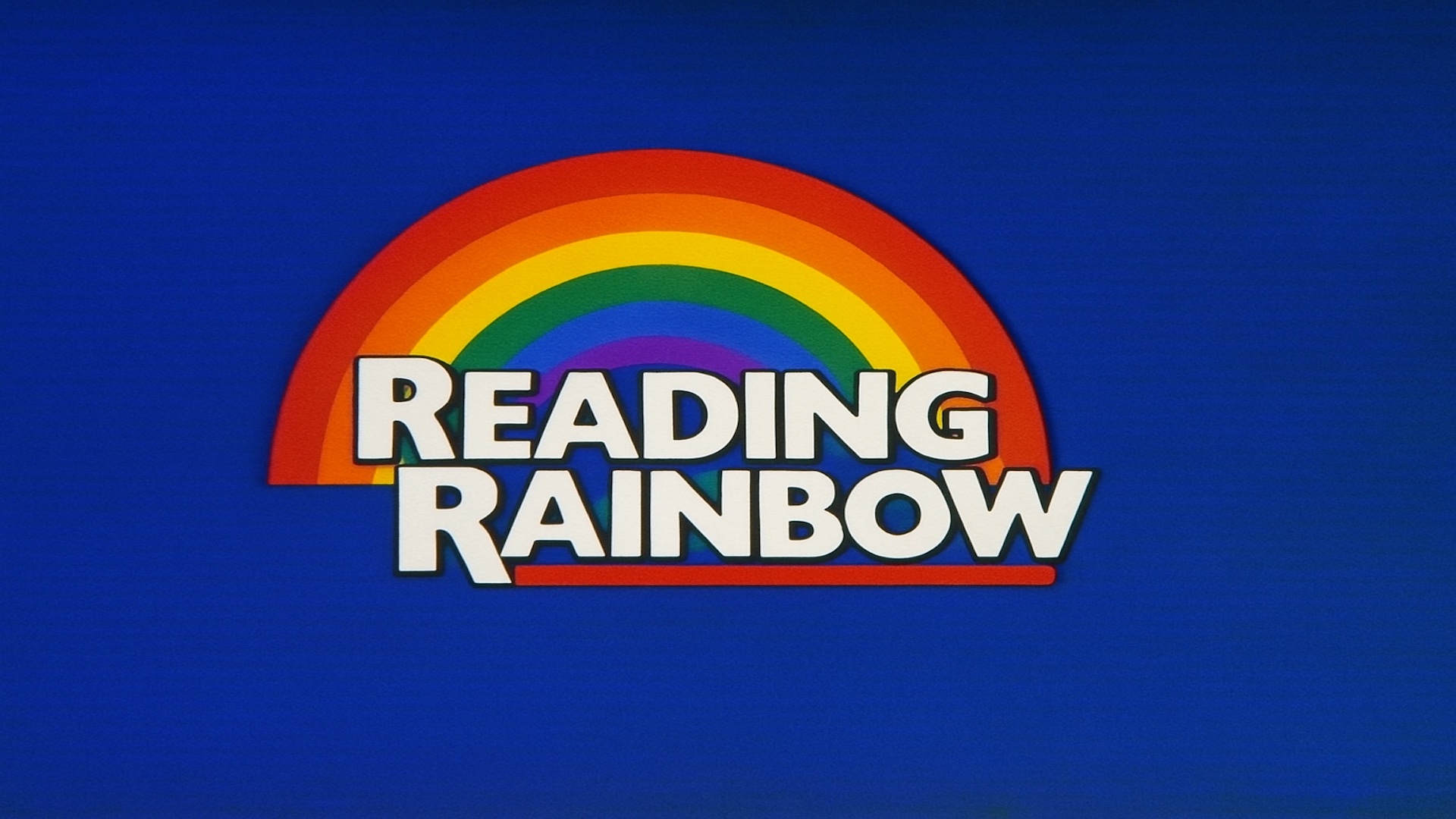If you ever sat cross-legged in front of the TV and heard:
“Take a look, it’s in a book…”
You were part of something special.
Reading Rainbow wasn’t just a show. It was a movement. It made reading feel like wonder, like exploration, like you belonged in stories. And for many of us, it was the beginning of something we’ve carried all our lives — the belief that reading could change who we are.
But kids today? They don’t have a Reading Rainbow.
Here’s what we got from the show — and what children are missing now.
1. Reading That Feels Like an Adventure
Each episode of Reading Rainbow showed that books weren’t just homework — they were journeys. Through story visuals, real-world tie-ins, and LeVar Burton’s voice, the show created what psychologists call “narrative transportation” — the feeling of entering another world through story⁴.
That mental simulation builds creativity, empathy, and emotional resilience⁷.
2. Emotional Engagement With Literacy
We remember Reading Rainbow because it made reading feel good. And that matters. When kids connect positive feelings to reading, they’re more motivated and more likely to keep reading long-term¹⁻².
Books weren’t assignments. They were invitations.
3. Modeling What Joyful Reading Looks Like
Seeing other kids on the show talk about books they loved helped normalize reading as fun, not just educational. This peer modeling taps into self-efficacy theory — if they can enjoy reading, maybe I can too⁵.
It was subtle, but powerful.
4. Building Fluency Through Read-Alouds
The show used expressive narration and pacing that helped early readers develop fluency. This mirrors what research confirms about the power of dialogic and interactive reading³.
It wasn’t just entertaining. It was developmentally impactful.
5. A Story-First Approach to Identity
When kids see themselves in stories — as heroes, helpers, explorers — they begin to imagine who they could be. Books shape more than language. They shape identity.
And in the early years, that matters more than we realize⁷.
Why This Still Matters
Today, the landscape has changed. Kids have screens — but fewer channels that celebrate reading. There’s no modern Reading Rainbow. No bridge between wonder and words. And the data shows the fallout: reading for pleasure starts to decline by age 8⁶.
We remember the show because it made us feel like readers. And that feeling? Children still need it.
📚 References
¹ Mol, S. E., Bus, A. G., de Jong, M. T., & Smeets, D. J. H. (2008). Added value of dialogic parent–child book readings: A meta-analysis. Early Education and Development, 19(1), 7–26. https://doi.org/10.1080/10409280701838603
² Guthrie, J. T., & Wigfield, A. (2000). Engagement and motivation in reading. Handbook of Reading Research, 3, 403–422.
³ Bus, A. G., van IJzendoorn, M. H., & Pellegrini, A. D. (1995). Joint book reading makes for success in learning to read: A meta-analysis. Review of Educational Research, 65(1), 1–21. https://doi.org/10.3102/00346543065001001
⁴ Green, M. C., & Brock, T. C. (2000). The role of transportation in the persuasiveness of public narratives. Journal of Personality and Social Psychology, 79(5), 701–721. https://doi.org/10.1037/0022-3514.79.5.701
⁵ National Association for the Education of Young Children (NAEYC). (n.d.). Reading aloud to young children. https://www.naeyc.org/resources/pubs/tyc/feb2014/reading-aloud
⁶ Organisation for Economic Co-operation and Development (OECD). (2010). PISA 2009 results: Learning to learn – Student engagement, strategies and practices (Vol. III). https://www.oecd.org/pisa/pisaproducts/48852630.pdf
⁷ Mar, R. A., Oatley, K., Hirsh, J., dela Paz, J., & Peterson, J. B. (2006). Bookworms versus nerds: Exposure to fiction versus non-fiction, reading habits, and social abilities. Journal of Research in Personality, 40(5), 694–712. https://doi.org/10.1016/j.jrp.2005.08.002

 All Posts
All Posts
